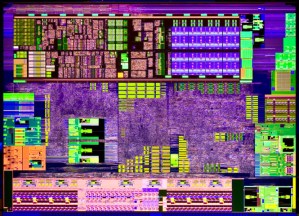
Intel has long been the subject of antitrust investigations both in the United States and abroad, primarily on the basis of long-standing allegations from rival AMD that Intel used its dominant position in the processor market to eliminate competition. And some regulatory authorities have agreed: a little over a year ago the European Commission slammed Intel with a €1.06 billion fine—the largest antitrust fine it’s ever levied—and regulators in South Korea and Japan have come down against Intel. In the United States, Intel faces scrutiny on charges from both AMD and graphics developer Nvidia, as well as pressure from the New York State Attorney General. But now, reports have Intel on the verge of sealing a deal with the FTC that will place some limits on how Intel can market its products, but have the company dodge any monetary penalties.
According to Reuters, the preliminary deal would have Intel extend the terms of its November 2009 settlement with AMD to graphics controllers, as well as place restrictions on the use of bulk sales discounts on both computer processors and graphics systems. The FTC and Intel reportedly reached the preliminary agreement on JUne 21, but the possible deal is still being debated by FTC commissioners. Under the settlement, Intel would escape having to pay any penalties.
In the case before the FTC, Intel was accused of attempting to leverage its position in the CPU market to stifle competition in the graphics market, in part over licensing terms necessary for third party graphics developers to make systems that interoperate with Intel processors. In filing its antitrust suit against Intel late last year, the FTC warned of a “dangerous probability” that Intel would be able to extend its CPU monopoly into the graphics market.
Neither Intel nor the FTC has commented on reports of a settlement. Intel has consistently denied any wrongdoing in these cases, and maintains its marketing and sales tactics have been lawful.



